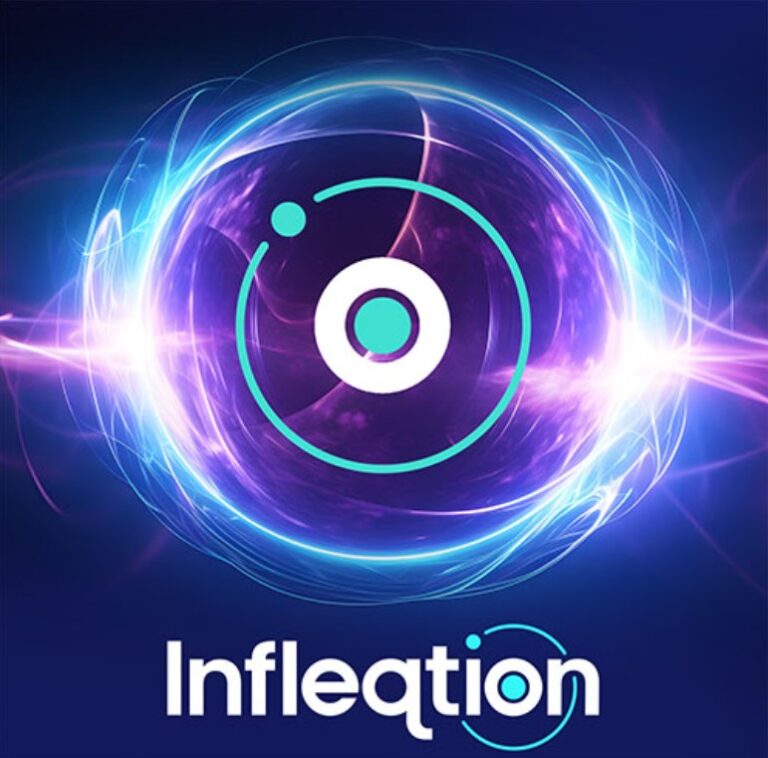Qrypt’s Quantum Security for Enterprises Through the Cloud: QKD, E-a-a-S
Qrypt, a producer of cryptographic security solutions enabled by quantum entropy, announced the launch of two new solutions: the Cloud Enterprise Portal, and Digital Quantum Key Distribution (Digital QKD). This expands on Qrypt’s Entropy-as-a-Service (EaaS) portfolio which provides high-quality quantum random numbers and the tools to ensure Everlasting Security™. Enterprises can now integrate quantum encryption into their software services with tools that are fast, easy to use, highly scalable, and don’t require expensive infrastructure.





